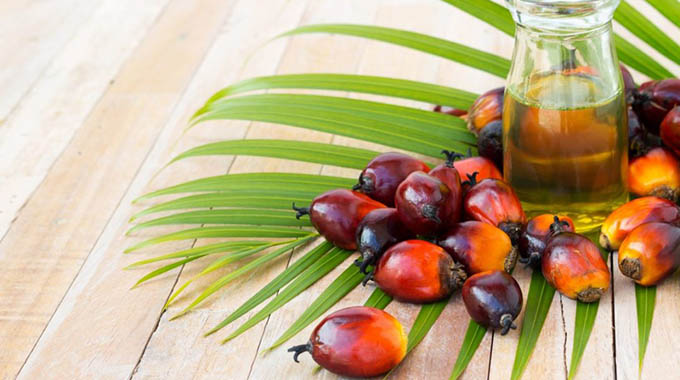Tobacco farmers request for more time

Bridget Pasipamire
Herald Correspondent
Farmers have called on the Tobacco Industry and Marketing Board (TIMB) to revise the May 25 deadline for the destruction of tobacco stalks to the first week of June saying the late rains had stalled the maturity and harvesting of their crop.
TIMB last week announced 25 May as the last day for the destruction of tobacco stalks on the fields after having extended it from the traditional 15 May that is used every year.
Destruction of tobacco stalks should be done by May 15 every year, as mandated under the Plant Pests and Diseases Act (Chapter 19:08).
Zimbabwe National Farmers Union (ZNFU) president, Mrs Monica Chinamasa said they had discovered during some recent district field tours that some farmers still had standing tobacco plants in their fields with five to six leaves that are yet to ripen.
“We have realised that the situation such farmers find themselves in, is a direct result of changes in seasons, thanks to the problem of climate change. Many farmers planted late while the current cold temperatures are also delaying the ripening process.
“The deadline should be further extended to the first week of June to cater mainly for rain dependent smallholder farmers who have not yet completed harvesting while their predicament is also coupled by the twin evil of inadequate barn storage capacity,” she said.
President of the Zimbabwe Integrated Commercial Farmers Union (ZICFU) Mrs Mayiwepi Jiti echoed the same sentiments adding that it was necessary to further extend the deadline for the destruction of tobacco stalks to June.
“Farmers should always destroy tobacco stalks by the date set by TIMB to ensure there is a dead period in the fields when there are no crops growing. This will help break pest and disease cycles,” she added.
Tobacco stalks act as hosts for diseases and pests like nematodes and spider mites, hence the need to destroy them and starve the pests and diseases of objects to use for refuge. Early and complete destruction of tobacco stalks is effective in reducing carryover diseases and pests.
Destruction of tobacco stalks can be carried out by first cutting the stems then ploughing or disking on the field as a way of pulling out roots out of the soil completely. After two weeks of the first operation, re-disking can be considered and the farmer can plant a cover crop when root systems have dried out for rotation purposes as well as destruction of pests.
Consequently, in a bid to ensure that there is no carryover of diseases, seedbeds are not to be established before stalks are destroyed. If tobacco stalks are not destroyed, associated diseases and pests will affect yield, quality as well as increase the farmers input costs.
It is against the above sentiments that the TIMB has extended the 2022 deadline for destruction of tobacco stalks to 25 May on condition that tobacco growers are to destroy tobacco stalks immediately after harvesting.
Tobacco is one of the major foreign currency earners in the agricultural sector contributing nearly US$800 million annually.
TIMB has encouraged all growers to observe these important legislative dates. In the event there is contravention of regulations requiring the destruction of tobacco plants by a specified date or prohibiting the planting of tobacco plants between the specified dates, a grower will be subjected to legislative penalties. As a result, all tobacco growers who do not comply with the tobacco stalks destruction deadline should be reported to the authorities.











Comments